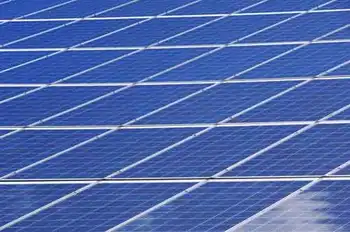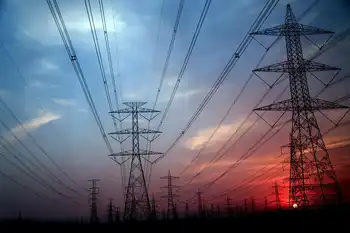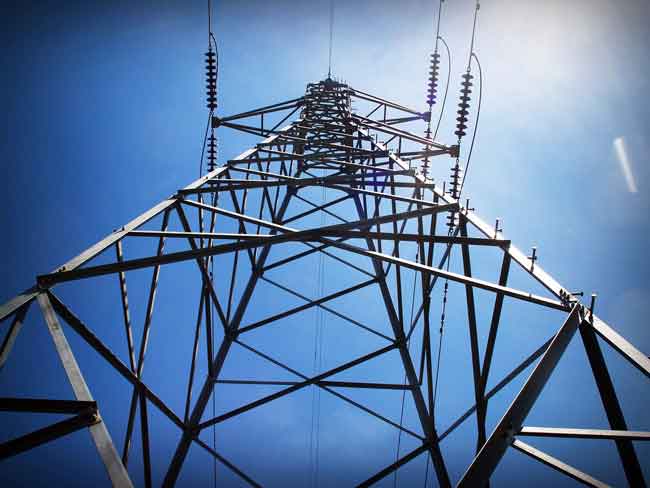Study warns of serious blackout risk by 2009
By NextGen Energy Council
Electrical Testing & Commissioning of Power Systems
Our customized live online or in‑person group training can be delivered to your staff at your location.

- Live Online
- 12 hours Instructor-led
- Group Training Available
The nonprofit organization is composed of a wide variety of energy companies that collaborate with federal and state officials, academic institutions, and others to promote development and commercialization of energy technologies.
Its report, “Lights Out In 2009?” warns that, “If particularly vulnerable regions, like the Western U.S., experience unusually hot temperatures for prolonged periods of time in 2009, the potential for local brownouts or blackouts is high, with significant risk that local disruptions could cascade into regional outages that could cost the economy tens of billions of dollars.”
The study says that reserve margins “declined precipitously to 17 percent in 2007, from 30-40 percent in the early 1990s”— too close to the 12% to 15% minimum required to ensure reliability and stability of the nation’s electricity system. Compounding this capacity deficiency, the projected U.S. demand in the next 10 years is forecasted to grow by 18%. That far exceeds the projected 8% growth in baseload generation capacity expected between now and 2016.
About 120 GW of new generation will be needed to maintain a healthy 15% reserve margin, the report says. More than 14,500 miles of new electricity transmission lines will also be needed by 2016. Generation and transmission facility investments of at least $300 billion would be required by 2016 if capacity levels were to be met, the study estimated.
According to the study, chief among the primary barriers to getting new power plants and transmission lines built is the “opposition of well-funded environmental groups that oppose and file lawsuits against virtually every new infrastructure project proposed.”
Other obstacles include opposition to natural gas production needed to fuel the growing reliance on natural gas-fired power plants; challenges associated with putting more intermittent renewable power sources on the grid; regulatory uncertainty associated with climate change policy development; reluctance by state regulators to approve rate increases related to the imposition of new environmental or climate-related regulation; and the relatively shorter-term approach to resource planning and acquisition that industry has been forced to adopt because of all of the above factors.
The study refuted arguments by renewable energy proponents and elected officials that renewable power facilities alone can fulfill capacity requirements. It said that the annual capacity factor of wind generators is typically about 25% to 35%, but the probability that wind generators are available at their rated value during annual peak periods is only between 5% to 20%, and varies greatly from year to year and region to region.
The study also presented a survey of political developments and trends that amount to “structural political barriers being erected to system reliability.” It pointed to the fact that “environmental activist groups” are now:
• Suing to block the construction of virtually every single baseload coal-fired power plant, in spite of advanced environmental technologies these plants would deploy;
• Gearing up to block construction of any baseload nuclear power plants across the West;
• Suing or protesting virtually every proposed lease on public lands in the Rocky Mountains for natural gas drilling;
• Working to slow or stop the completion of the two main multi-year, stakeholder-based transmission corridor processes that both Democrats and Republicans in Congress approved as part of the Energy Policy Act of 2005;
• Pushing for additional endangered species designations, which will make siting and construction of both power plants and transmission lines difficult;
• Pressuring government leaders to limit access by larger, baseload technologies to the region’s high-voltage transmission grid and, instead proposing to artificially favor non-baseload, intermittent power facilities that will (at some point) further stress the reliability of the entire Western grid.
“This isn’t the first study to come to these conclusions, and it won’t be the last,” said Bob Hanfling, the NextGen Energy Council chair. “We hope it illuminates current policy debates, from those on climate change to resource development to infrastructure build-out to national security. We also hope it will sound the alarm for every elected official, policymaker, business leader and citizen concerned about the future prosperity and security of our nation.”











